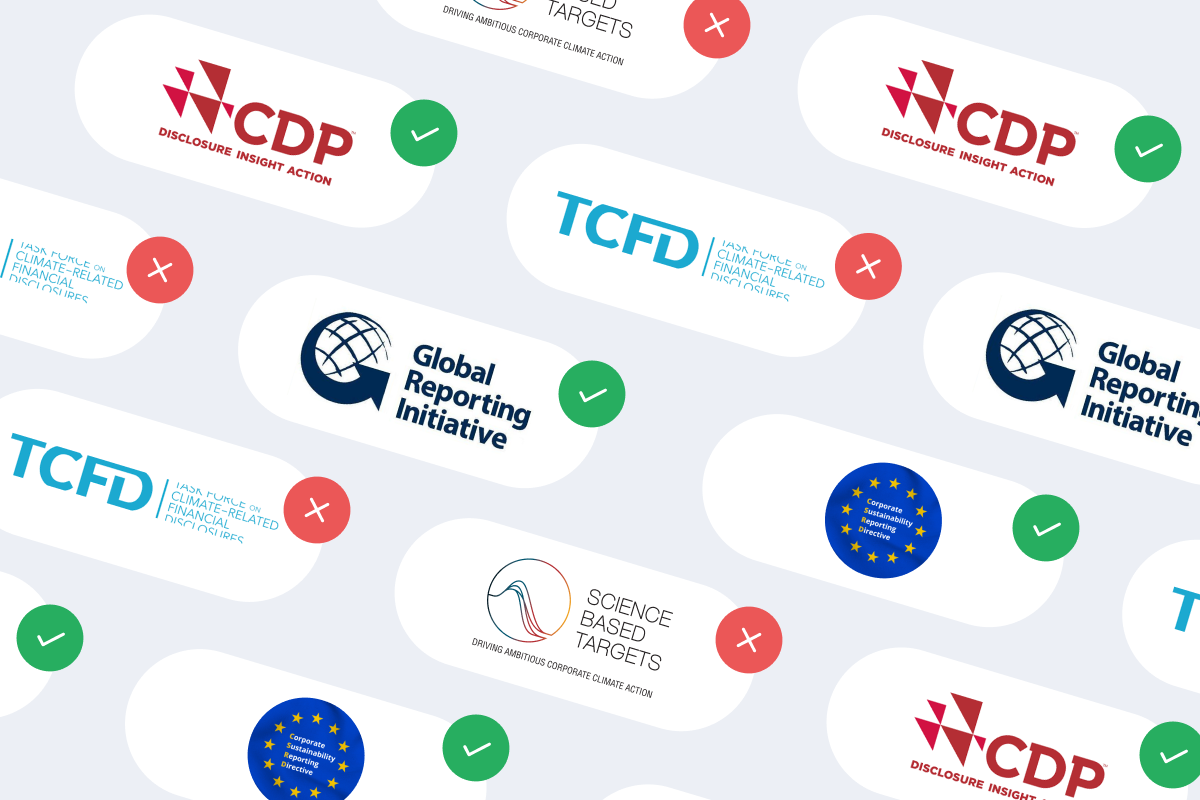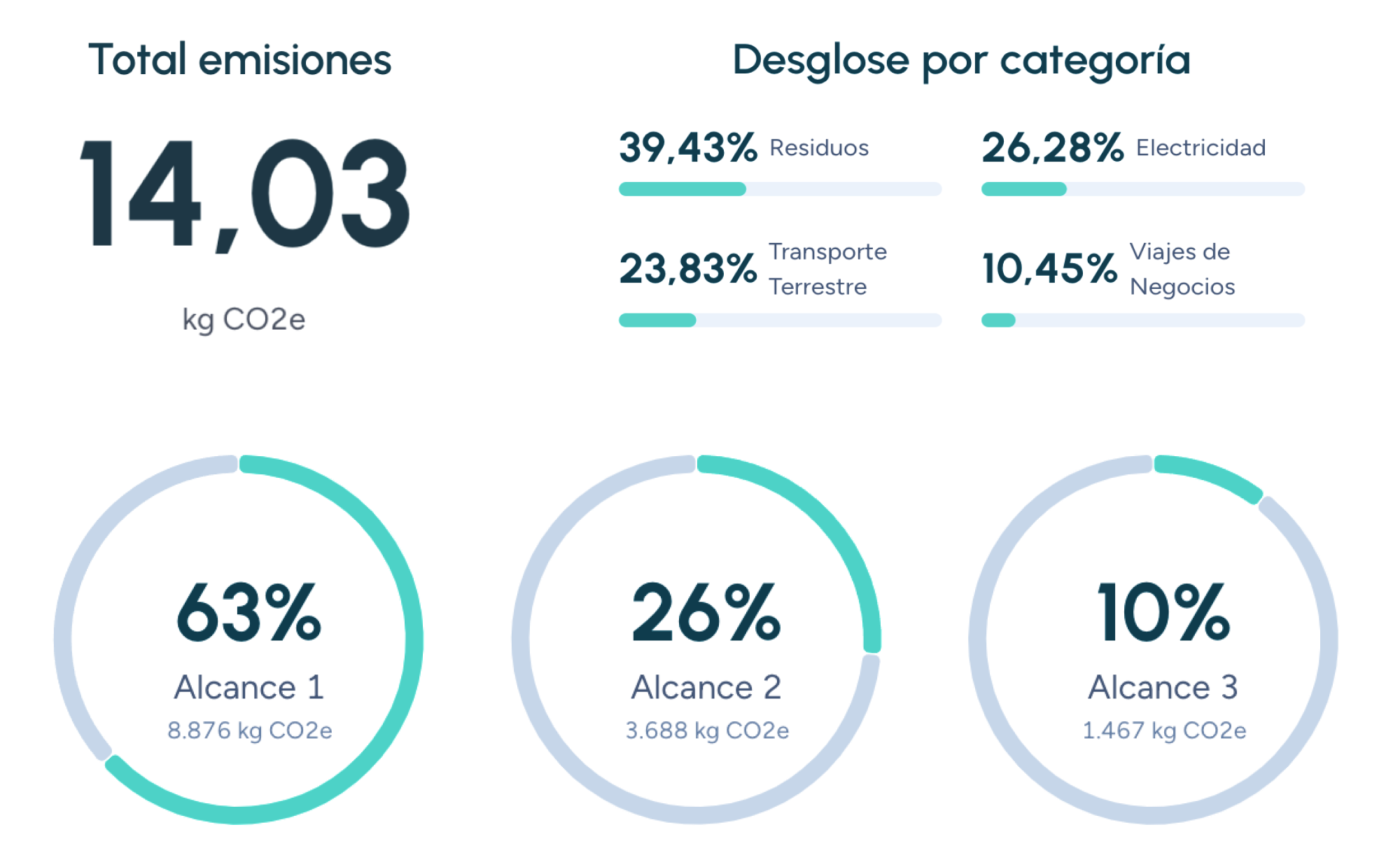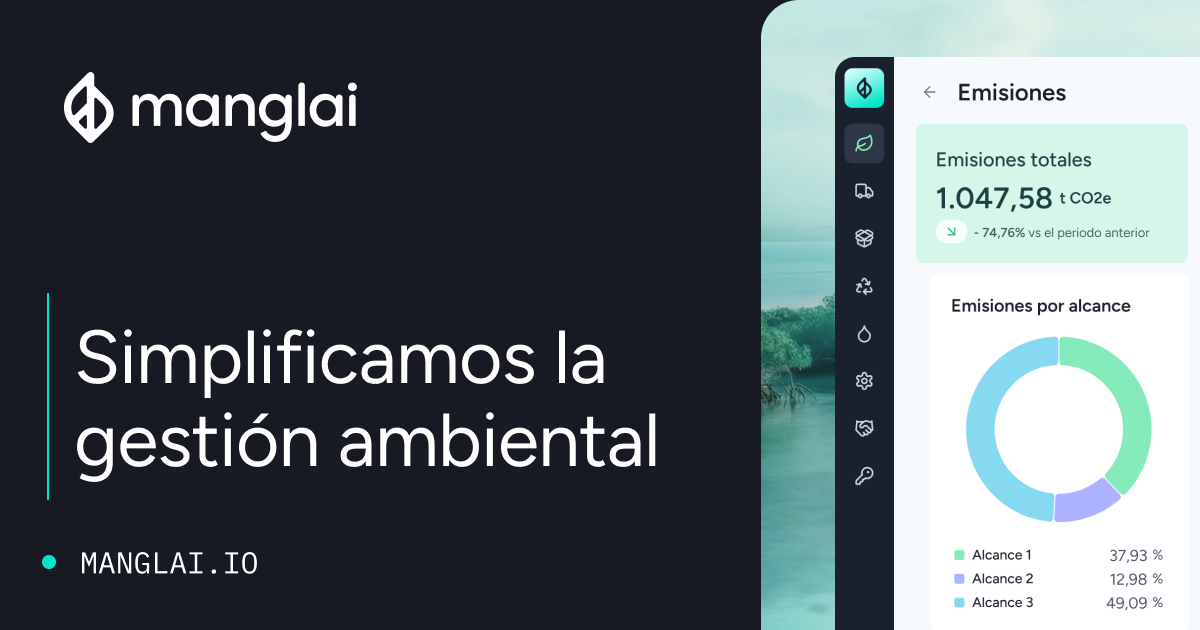S
Scope 3 Emissions
Scope 3 emissions are indirect greenhouse gas (GHG) emissions that occur within an organization’s value chain, excluding direct emissions (Scope 1 emissions) and indirect emissions from energy consumption (Scope 2 emissions). In most organizations, Scope 3 emissions make up the largest portion of their carbon footprint, accounting for up to 70% of total emissions. Therefore, measuring and managing these emissions is essential for achieving significant environmental impact reduction.
Categories of Scope 3 emissions
Scope 3 emissions cover a wide range of activities classified into 15 categories according to the Greenhouse Gas Protocol (GHG Protocol). These are divided into two main groups:
Upstream activities
- Purchased goods and services: Emissions associated with the production and transportation of raw materials, intermediate products, and services acquired by the company.
- Capital goods: Emissions generated during the manufacturing and transportation of capital goods, such as machinery and equipment.
- Fuel- and energy-related activities: Emissions from the extraction, production, and transportation of fuels and energy used by suppliers.
- Upstream transportation and distribution: Emissions produced by transporting raw materials and products to the company’s facilities.
- Business travel: Emissions generated by employee travel for work purposes, including flights, trains, and rental cars.
- Use of sold products: Emissions associated with the use of products sold by the company, such as gasoline consumed in a vehicle.
- End-of-life treatment of sold products: Emissions generated during the processing and disposal of products at the end of their lifecycle.
- Leased assets: Emissions from the use of assets leased by the company.
- Franchises: Emissions generated by franchise operations.
Downstream activities
- Downstream transportation and distribution: Emissions produced by transporting products from the company’s facilities to customers.
- Processing of sold products: Emissions generated during the processing of products sold by the company by its customers.
- Use of sold products: Emissions associated with the use of products sold by the company, such as electricity consumed by an appliance.
- End-of-life treatment of sold products: Emissions generated during the processing and disposal of products at the end of their lifecycle.
- Leased assets: Emissions from the use of assets leased to third parties.
- Investments: Emissions associated with the company’s investments.
Benefits of addressing Scope 3 emissions
- Identifying reduction opportunities: Measuring Scope 3 emissions helps identify key sources of indirect emissions and the areas where the most effective reduction measures can be applied.
- Improving efficiency in the value chain: Collaborating with suppliers and customers to reduce emissions can improve efficiency throughout the value chain, leading to cost savings and environmental benefits.
- Strengthening corporate reputation: Companies committed to reducing their carbon footprint, including Scope 3 emissions, enhance their image and reputation among consumers, investors, and stakeholders.
- Complying with regulations and standards: Increasingly, international regulations and standards require companies to measure and manage their Scope 3 emissions.
Challenges in measuring Scope 3 emissions
Measuring Scope 3 emissions presents specific challenges due to the complexity and dispersion of emission sources. Key challenges include:
- Data availability: Obtaining accurate and complete data from suppliers and customers can be difficult.
- Supply chain complexity: Global supply chains can be highly complex, making it challenging to track emissions at all stages.
- Calculation methodologies: Selecting the appropriate calculation methodology for each emission category can be challenging.
Strategies for reducing Scope 3 emissions
Despite the challenges, companies can implement various strategies to reduce their Scope 3 emissions, including:
- Collaboration with suppliers: Working with suppliers to implement energy efficiency measures and emission reductions in their operations.
- Sustainable product design: Designing products that are more resource-efficient and generate fewer emissions over their lifecycle.
- Transport optimization: Optimizing transport routes and using more efficient transport modes.
- Promoting remote work and sustainable mobility: Implementing policies that encourage telecommuting and sustainable transport options for business travel.
- Customer engagement: Raising customer awareness about the environmental impact of products and promoting responsible consumption.
Companies that trust us

CO₂ Equivalent
Understand what CO₂ equivalent means and why it's important in measuring the carbon footprint. Learn how it’s calculated and its role in fighting climate change.
Carbon Footprint
The carbon footprint measures the total amount of greenhouse gases emitted directly or indirectly by human activities, and its reduction is key to mitigating climate change through strategies such as energy efficiency and the use of renewable energy.
Carbon Footprint aspects
Discover what a carbon footprint is, why it matters, how it is measured, and the emission scopes defined by the Greenhouse Gas Protocol.
Guiding businesses towards net-zero emissions through AI-driven solutions.
© 2025 Manglai. All rights reserved
Política de Privacidad


